

Rock the Boat(1999)
A crew of HIV+ sailors compete in the Trans-Pacific Yacht Race that travels from California to Hawaii.
Movie: Rock the Boat
Top 5 Billed Cast

Rock the Boat
HomePage
Overview
A crew of HIV+ sailors compete in the Trans-Pacific Yacht Race that travels from California to Hawaii.
Release Date
1999-03-05
Average
1
Rating:
0.5 startsTagline
Genres
Languages:
Keywords
Similar Movies
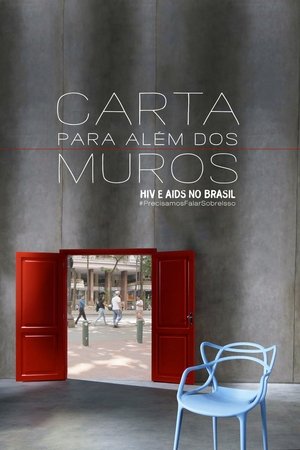 8.2
8.2Letter Beyond the Walls(pt)
Letter Beyond the Walls reconstructs the trajectory of HIV and AIDS with a focus on Brazil, through interviews with doctors, activists, patients and other actors, in addition to extensive archival material. From the initial panic to awareness campaigns, passing through the stigma imposed on people living with HIV, the documentary shows how society faced this epidemic in its deadliest phase over more than two decades. With this historical approach as its base, the film looks at the way HIV is viewed in today's society, revealing a picture of persistent misinformation and prejudice, which especially affects Brazil’s most historically vulnerable populations.
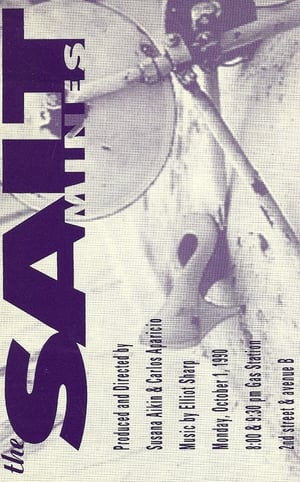 6.0
6.0The Salt Mines(en)
Explores the lives of Sara, Gigi and Giovanna, three Latino transvestites who for years have lived on the streets of Manhattan supporting their drug addictions through prostitution. They made their temporary home inside broken garbage trucks that the Sanitation Department keeps next to the salt deposits used in the winter to melt the snow. The three friends share the place known as "The Salt Mines".
 0.0
0.0It Will Always End in the End(fr)
Gabriel Drolet-Maguire, a designer living in Montreal, takes us into their artistic world to discuss their HIV diagnosis. This is a timely and hopeful look at past and present day HIV/AIDS activism in Quebec.
 7.0
7.0Life of Crime 2(en)
This follow-up to the 1989 documentary ONE YEAR IN A LIFE OF CRIME revisits three of the original subjects in New Jersey during a five-year period in the 1990s. We share in their triumphs and setbacks as they navigate lives of poverty, drug abuse, AIDS, and petty crime.
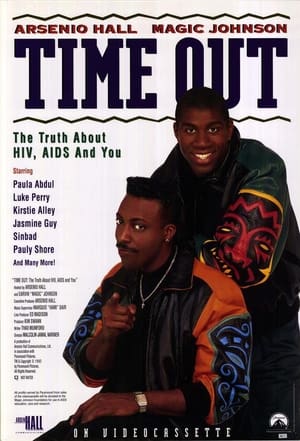 3.9
3.9Time Out: The Truth About HIV, AIDS and You(en)
Join stars Paula Abdul, Luke Perry, Sinbad, Pauly Shore, Jaleel White and many, many more as they take an entertaining, music-filled and honest look at HIV and AIDS. You'll get all the latest facts, important dos and don'ts, and you'll meet some wonderful people. Co-hosts Arsenio Hall and Earvin "Magic" Johnson even hit the court for a little one-on-one, and then take "time out" for an informative heart-to-heart! For people who already know about HIV and AIDS, and for those who don't, TIME OUT is a video you can't afford to miss.
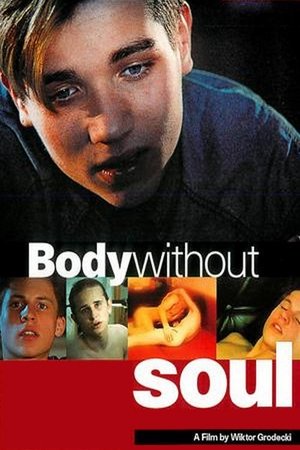 6.7
6.7Body Without Soul(cs)
Documentary look at doomed male prostitutes in Prague, ages 15 to 18, who troll at the public swimming pool, the train station, a video arcade, and a disco. After the boys talk about how they got in the game, the camera follows them to the home of Pavel Rousek. Under the name Hans Miller, he makes gay porno videos, primarily for German distribution. Intercut with a movie shoot chez Rousek is an interview that follows him to his day job at a morgue, where he performs an autopsy as he talks about his work. The sex is without protection; the boys are without family. They talk about their bodies and souls, money, their sexual orientation, AIDS, their dreams, and death.
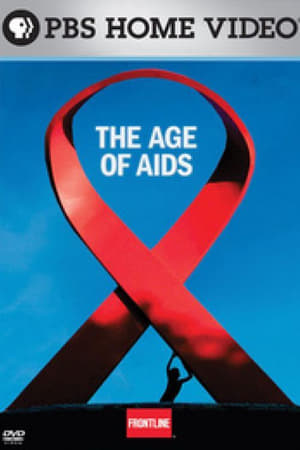 10.0
10.0Frontline: The Age of AIDS(en)
After a quarter-century of political denial and social stigma, of stunning scientific breakthroughs, bitter policy battles and inadequate prevention campaigns, HIV/AIDS continues to spread rapidly throughout much of the world. Through interviews with AIDS researchers, world leaders, activists, and patients, FRONTLINE investigates the science, politics, and human cost of this fateful disease and asks: What are the lessons of the past, and what can be done to stop AIDS?
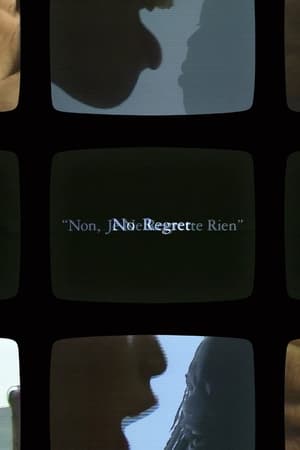 5.4
5.4No Regret(en)
Five gay Black men who are HIV-positive discuss how they are battling the double stigmas surrounding their infection and homosexuality.
 7.0
7.0We Were Here(en)
A reflective look at the arrival and impact of AIDS in San Francisco and how individuals rose to the occasion during the first years of the crisis.
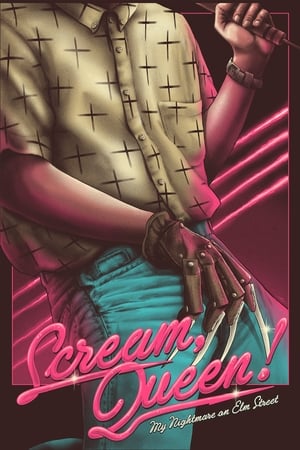 6.6
6.6Scream, Queen! My Nightmare on Elm Street(en)
Mark Patton sets the records straight about the controversial 1985 sequel to A Nightmare on Elm Street, which ended his acting career, just as it was about to begin.
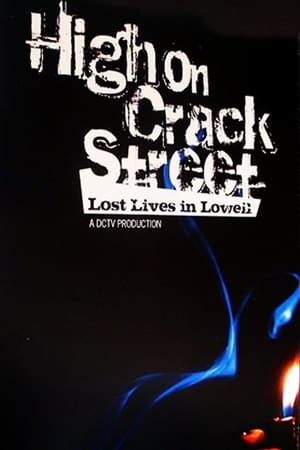 6.7
6.7High on Crack Street: Lost Lives in Lowell(en)
Documents 18 months in the lives of three crack addicts in Lowell, Massachusetts.
 6.9
6.9The Announcement(en)
On Thursday, Nov. 7, 1991, Earvin "Magic" Johnson made people stop and watch at the Forum in Inglewood, Calif. But this time it wasn't his basketball brilliance as a perennial NBA All-Star and three-time MVP that was captivating audiences worldwide. Instead, the 32-year-old groundbreaking point guard was holding a press conference to make the stunning announcement that he was HIV-positive and would be retiring from basketball immediately.
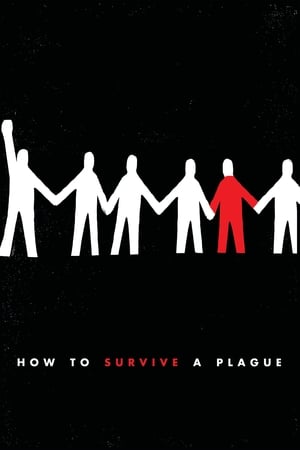 6.9
6.9How to Survive a Plague(en)
A story of two coalitions – ACT UP and TAG (Treatment Action Group) – whose activism and innovation turned AIDS from a death sentence into a manageable condition. Despite having no scientific training, these self-made activists infiltrated the pharmaceutical industry and helped identify promising new drugs, moving them from experimental trials to patients in record time.
 6.9
6.9Blood Brother(en)
Rocky Braat went to India as a disillusioned American tourist. When he met a group of children with HIV/AIDS, he decided to stay. He never could have imagined the obstacles he would face. Or the love he would find.
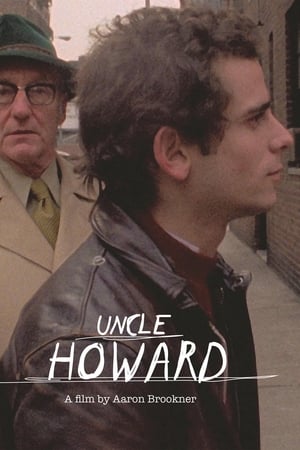 6.5
6.5Uncle Howard(en)
When Howard Brookner lost his life to AIDS in 1989, the 35-year-old director had completed two feature documentaries and was in post-production on his narrative debut, Bloodhounds of Broadway. Twenty-five years later, his nephew, Aaron, sets out on a quest to find the lost negative of Burroughs: The Movie, his uncle's critically-acclaimed portrait of legendary author William S. Burroughs. When Aaron uncovers Howard's extensive archive in Burroughs’ bunker, it not only revives the film for a new generation, but also opens a vibrant window on New York City’s creative culture from the 1970s and ‘80s, and inspires a wide-ranging exploration of his beloved uncle's legacy.
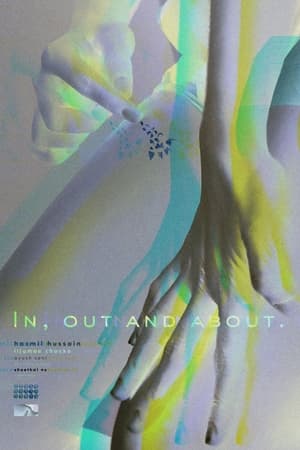 0.0
0.0In, out and about(en)
An exploration of the interconnected experiences of queerness and illness, this film navigates personal and collective journeys through medical spaces, sexual violence, and survival, displays the profound impact on body and identity.
 8.3
8.3To Live Is Better Than To Die(zh)
In the 1990s HIV/AIDS came to Wenlou through a blood purchasing program. To supplement their income many poor villagers sold their blood and 60% of those who sold blood contracted HIV/AIDS from unsanitary equipment. Many have died from the disease. In his documentary film, To Live is Better than to Die, Wiejun Chen tells of the impact AIDS has had in parts of rural China by showing how it has affected the Ma family. It is spring when the film takes up the family’s story.
 7.2
7.2Common Threads: Stories from the Quilt(en)
On the eve of 1987's Second National March on Washington for Lesbian and Gay Rights, surviving families and friends of people who have died of AIDS prepare panels to be added to a large-scale memorial quilt project. Drawing from the sea of names memorialized, director Robert Epstein focuses on the lives of six people. Alongside the intimate profiles offered, through news footage and interviews, Epstein puts the AIDS crisis in the larger context of social and government response to the disease.
 6.9
6.9United in Anger: A History of ACT UP(en)
United in Anger: A History of ACT UP is an inspiring documentary about the birth and life of the AIDS activist movement from the perspective of the people in the trenches fighting the epidemic. Utilizing oral histories of members of ACT UP, as well as rare archival footage, the film depicts the efforts of ACT UP as it battles corporate greed, social indifference, and government negligence.
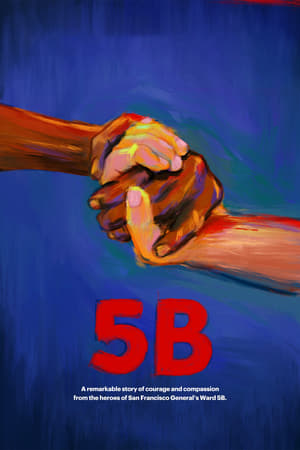 6.2
6.25B(en)
At the heart of the HIV/AIDS crisis and widespread hysteria, a single number and letter designated a ward on the fifth floor of San Francisco General Hospital, the first in the country designed specifically to deal with AIDS patients. The unit's nurses' emphasis on humanity and consideration of holistic well-being was a small miracle amidst a devastating crisis and the ensuing panic about risk and infection.